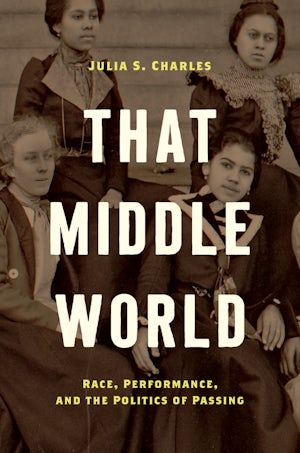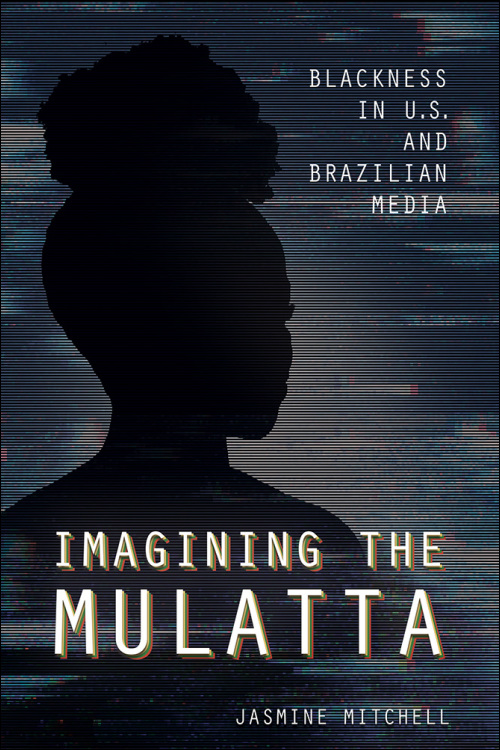Meghan Markle, The Royal Family, Right Wing Media Animus and The Specter of Deeply Entrenched Racism!Posted in Articles, Communications/Media Studies, Media Archive, United Kingdom, United States on 2021-03-12 23:55Z by Steven |
Medium
2021-03-11
Elwood Watson, Ph.D., Professor of African American and Gender Studies, Post-WWII U.S. History
East Tennessee State University
It didn’t take long for the right-wing media, here in America and in Britain, to gin up their propaganda/outrage machine towards Meghan Markle, better known as The Duchess of Sussex. “Unreasonable,” “entitled,” “ungrateful,” “spoiled,” “Liar! Fake Outrage!” “Fights, Camera, Action,” “Megxile,” “So Who is The Royal Racist?” and so on. Hell, perennial Meghan Markle antagonist and fierce critic, Piers Morgan, literally screamed and stomped off of the set of the program Good Morning Britain. It was a meltdown of epic proportions for all to see.
They were savvy enough not to refer to her as “uppity,” a word reserved for Black people who anger racist, White people by taking them out of their comfort zones. These are the Black folks who upset White bigots by “doing their own thing on their own terms” and, in essence, by telling such Whites to “Go to hell!” Some in the right-wing media would have liked to have called her a “n*gger bitch,” though they know that would have resulted in some consequences, even in our current climate of over racial animus…
Read the entire article here.







